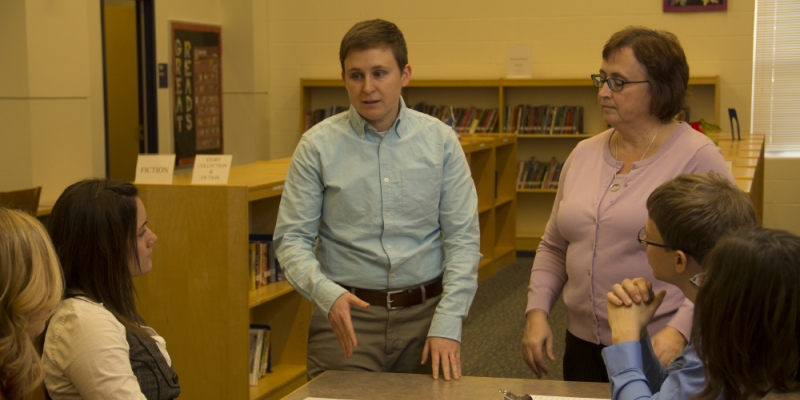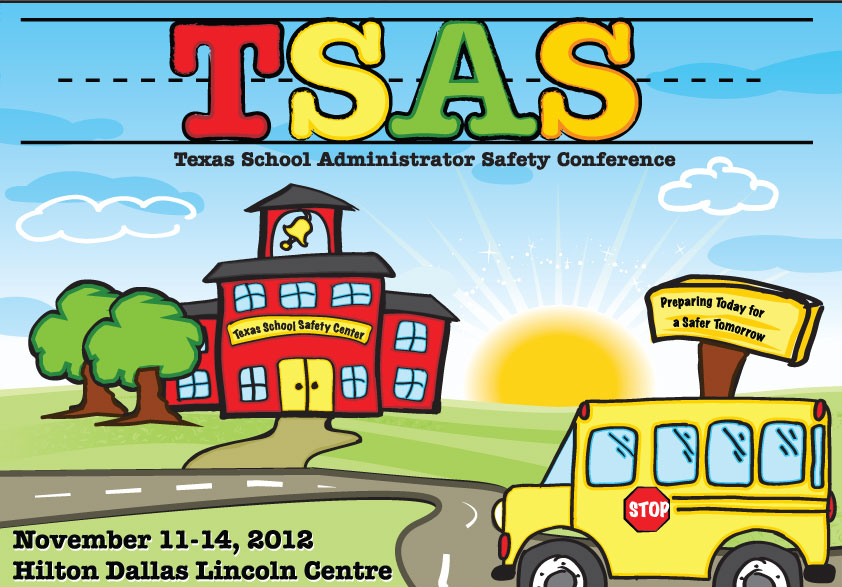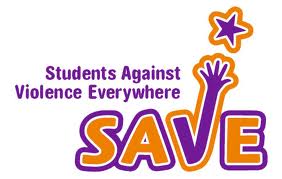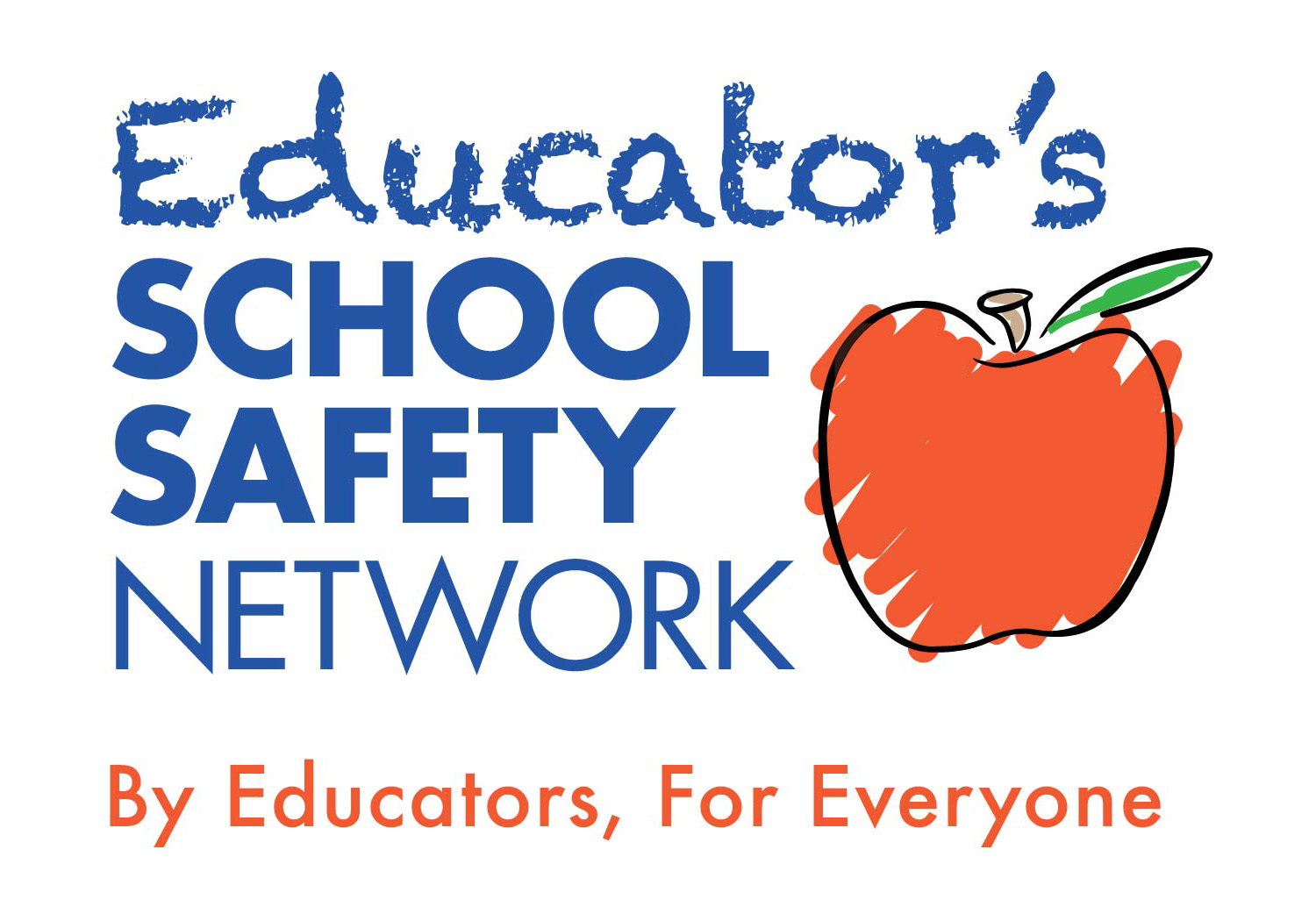More discussion regarding the new FEMA guidelines… We’ve talked about the options to “run”, “hide/barricade” or “fight”, but the unspoken question is – do what, when? The natural tendency is to revert to our centralized approach – the principal will tell me whether to evacuate or barricade. This couldn’t be further from the truth. An active shooter situation develops and escalates rapidly. There will most likely not be time for wait for someone else to decide what to do. De-centralizing decision making means that you must decide what to do based on the best information you have at the time. FEMA’s recommendation is that "staff members will have to rely on their own judgment to decide which option will best protect lives…” (p. 64). This underscores the need for adequate training and practice so that you are ready to make these decisions.
“If running is not a safe option, hide”
The FEMA guidelines address your next best option if evacuation is not possible. “If running is not a safe option, hide in as safe a place as possible…. Barricade the doors with heavy furniture.” (pg. 65). Barricading is a highly effective (and easily implemented) tool that enhances and improves traditional lockdown. Creating a barricade of furniture against the locked door gives an additional layer of protection from the intruder and assists you in delaying, deterring, and defending yourself and your students. Once barricaded, FEMA advises to “hide along the wall closest to the exit but out of the view from the hallway (allowing for an ambush of the shooter and for possible escape if the shooter enters the room.)” (pg. 65).
“If running is not a safe option, hide"
The FEMA guidelines address your next best option if evacuation is not possible. “If running is not a safe option, hide in as safe a place as possible…. Barricade the doors with heavy furniture.” (pg. 65). Barricading is a highly effective (and easily implemented) tool that enhances and improves traditional lockdown. Creating a barricade of furniture against the locked door gives an additional layer of protection from the intruder and assists you in delaying, deterring, and defending yourself and your students. Once barricaded, FEMA advises to “hide along the wall closest to the exit but out of the view from the hallway (allowing for an ambush of the shooter and for possible escape if the shooter enters the room.)” (pg. 65).
For more information, contact us
First recommended course of action is to evacuate
According to the new guidelines, your first recommended course of action is to evacuate. FEMA’s new guidelines are very explicit about this: “If it is safe to do so…. The first course of action that should be taken is to run out of the building and far away until you are in a safe location.” (P. 64). Sounds pretty simple – yet what a change from what we’ve been training school staffs to do. Rapid evacuation raises a lot of questions that need to be answered: “How will I know when it is safe to do so?” “Where should I go?” “How will I keep track of my students?”. These questions and many more are answered in lockdown enhancement training.
For more information- contact us!
“There are three basic options: run, hide, or fight."
Remember the previous discussion of critical skills for school staffs? Let’s focus today on the second one – knowing the best steps for survival in an active shooter event. According to FEMA’s 2013 guidelines “there are three basic options: run, hide, or fight. You can run away from the shooter, seek a secure place where you can hide and/or deny the shooter access, or incapacitate the shooter to survive and protect others from harm…” (Guide for Developing High Quality School Emergency Operations Plans pg. 63). Notice that nowhere does it recommend to lock the door, hide in the corner, and wait for law enforcement to arrive. This is a fundamental shift from waiting for someone else to save you to saving yourself and the children in your care.
We want to help make your school safer: Contact us today
Does your school have the means to adequately screen visitors and/or identify potential intruders?
Let’s continue our discussion of the critical skills for school staffs by starting with the first statement about recognizing and dealing with potentially violent incidents.
I can recognize the signs of a potentially volatile situation and I have been trained in ways to prevent escalation of the incident.
There is the tendency to assume that you’d recognize someone acting aggressively or violently. This is true- but the more important question is: can you recognize the signs before the violence occurs? A person may be acting suspiciously or something just may not seem right as a precursor to the act itself.
Does your school have the means to adequately screen visitors and/or identify potential intruders? Buzzer systems or security cameras are beneficial in this process, but they are only the first line of defense. Every person in the building has the responsibility to engage (not confront) with unknown persons as an additional means of screening. Visitor screening training is vital for those staff members who control access to the school. Threat assessment training gives staff members the skills to rapidly assess and evaluate the level of threat posed by a given individual.
We want to help make your school safer: Contact us today
A self-assessment for eductors (What the new FEMA and Dept of Ed guidelines are asking of us all)
A few weeks ago I began to discuss the significance of the new guidelines issued in the June 2013 publication Guide for Developing High Quality School Emergency Operations Plans. In this series of postings, I’ll look more closely at some of the significant changes that result from this publication.
*********************************************************************************
Let’s start with a self-assessment: according to FEMA’s newest guidelines for crisis planning in schools, these are three critical responsibilities of ALL school staff members. Have you had the appropriate training to answer yes to all three statements?
1. I can recognize the signs of a potentially volatile situation and I have been trained in ways to prevent escalation of the incident.
Note here that it is not enough to be able to recognize when things are getting out of hand – it is crucial to have the capacity to prevent and/or mitigate the incident.
2. I know the best steps for survival when faced with an active shooter situation.
This is a tricky question – you most likely know what used to be recommended – hide out and wait for law enforcement – but do you know what is currently recommended as of June 2013?
3. I know what to do to assist in a tactical law enforcement response.
Note this is not just staying out of the way, but rather working WITH law enforcement.
So how did you do? If you do not have the capabilities described above, then there is obviously a need for training in your school. Lockdown enhancement and violence prevention training is crucial for anyone working in a school.
We want to help make your school safer: Contact us today
What the new Dept of Education and FEMA guidelines mean: we ALL have work to do.
While many of us were relaxing on the beach this summer, a fundamental shift took place in school emergency preparedness. In June of 2013, FEMA, DHS, the FBI, and the Department of Education published a Guide for Developing High Quality School Emergency Operations Plans.
Your first response may be, so what? Well, a closer analysis of this lengthy document yields a variety of significant changes in our typical way of doing business in education. This series of blog posts will explore some of these seismic shifts.
Let’s begin by looking at the recommendations of these expert agencies in regards to the overall philosophical outlook of educators regarding school safety and crisis management.
In many schools throughout the United States, the average staff member’s approach to responding to a crisis event is to notify the principal and let him/her handle it. Bitter experience has taught us that this centralized approach is completely ineffective. When all the experience and training of how to respond to a violent event (or for that matter any significant hazard) is concentrated in one individual (the principal), what happens when that individual is killed, injured, or unavailable in the event? The school is left with a staff that doesn’t know what to do.
The Guide for Developing High Quality School Emergency Operations Plans clearly addresses this issue with its recommendations of the three major responsibilities of all school stakeholders:
-
Learn the signs of a potentially volatile situation and ways to prevent an incident.
-
Learn the best steps for survival when faced with an active shooter situation.
-
Be prepared to work with law enforcement during the response.
The question that must be addressed is – how prepared are ANY of the school stakeholders to do these three things? If we are defining stakeholders as teachers, support staff, and students, the critical question remains – are your stakeholders prepared and trained to recognize and prevent violent incidents, survive an active shooter, and not impede a law enforcement response? In most schools, this simply is not the true.
So the first order of business is, once again, training. Rather than spending money on hardware solutions such as metal detectors, surveillance cameras, and the like, you need to commit to investing in your people – providing adequate training to teachers, staff, and students with three key components in mind:
-
Situational awareness and violence prevention
-
Lockdown enhancement implementation
-
Tactical response awareness

PLEASE PLEASE PLEASE make school safety a sustained priority in this country. Our kids are depending on us. We MUST do a better job protecting them.
Today's tragedy at Sandy Hook Elementary School in Connecticut may prove to be the deadliest shooting in a K-12 school in American history…to date. Although we’ve heard of Columbine, and Virginia Tech, we’ve become complacent, we’ve convinced ourselves that something horrible couldn’t happen “here”.
We must not remain complacent any longer. Our children are affected by school violence at alarming rates, and we, as parents, educators, administrators and community members can no longer remain on the sidelines, convinced that we are immune. We must move past whatever impedes us from keeping schools safe. Conflicts of interest, monetary concerns, shifting priorities and any other obstructions must be cast aside.
School safety is our shared responsibility, and we must take it seriously every day of the year, not just in the wake of senseless tragedies.
Ask your local school: what is being done TODAY to improve emergency preparedness, comprehensive crisis planning, violence prevention, threat assessment management and active shooter response.
PLEASE PLEASE PLEASE make school safety a sustained priority in this country. Our kids are depending on us. We all MUST do a better job protecting them.
Educator's School Safety Network consultant invited to TSAS 2012
Are you looking for information about the 2014 Educator's School Safety Conference? Click here!
The Educator's School Safety Network is pleased to announce that our own legal consultant, Amanda Klinger, Esq. has been invited to speak at the 2012 Texas School Administrator Safety Conference hosted by the Texas School Safety Center.

The Prae Group is now the Educator's School Safety Network
You may have noticed some changes around the site- new banner, new URL.

We are pleased to announce that the Prae Group is now the Educator's School Safety network. We have re-organized as a non-profit to enable us to partner with other organizations to help bring essential training and resources to school districts that otherwise would be financally unable to do so.
The good news is that we have same dedicated experts ready to provide the same engaging training and high-quality services. The BETTER news is now that we are a 501(c)(3) organization; we can work with local businesses and your community partners to help fund the training, services and resources your school needs.
Prae Group Consultants to present at the 2012 School Response Conference
Are you looking for information about the 2014 Educator's School Safety Conference? Click here!

Dr Amy Klinger will present on lockdown alternatives and enhancements, and Amanda Klinger, Esq. will present on bullying laws and liability for schools.
Click here for more info, and to register.
Texas School Safety Administrator Safety Conference
Are you looking for information about the 2014 Educator's School Safety Conference? Click here!

Prae Group consultants Dr. Amy L Klinger and Amanda Klinger, Esq. were honored to present "Safety on a shoestring -low cost (or no cost) strategies that work" at the 2011 Texas School Safety Administrator Safety Conference.
FREE training through FEMA and the RPDC
The RDPC provides free training for law enforcement and school administrators. The AWR 148 course provides an overview of crisis management and response for local school and law enforcement officials. You can request Amy as the instructor for a more school-oriented perspective, or one of the other expert instructors. Either way, this is a great course to assist in safety improvements. Best of all - it's FREE! Click here for more information.
Prae Group Consultant named to board of directors for national SAVE

Just Shut Up and Drive the Bus
Texas School Based Law Enforcement Conference
Are you looking for information about the 2014 Educator's School Safety Conference? Click here!
 Dr. Amy Klinger was recently a featured presenter at the Texas School-Based Law Enfrocement Conference (TxSBLE) held June 19-23, 2011 in Corpus Christi, Texas. Amy presented two sessions on Dilemmas in School Safety to school administrators and law enforcement officials. Legal, educational, administrative, and law enforcement perspectives on issues such as vulnerability assessment, threat management, and bullying were key elements of the presentation.
Dr. Amy Klinger was recently a featured presenter at the Texas School-Based Law Enfrocement Conference (TxSBLE) held June 19-23, 2011 in Corpus Christi, Texas. Amy presented two sessions on Dilemmas in School Safety to school administrators and law enforcement officials. Legal, educational, administrative, and law enforcement perspectives on issues such as vulnerability assessment, threat management, and bullying were key elements of the presentation.
Prae Group Consultants Present at the National Conference on Bullying
Are you looking for information about the 2014 Educator's School Safety Conference? Click here!
Prae Group consultants Amanda Klinger, Esq. and Dr. Amy L Klinger were featured speakers at the First Annual National Conference on Bullying, held February 14-16, 2011 in Orlando Florida. The conference was sponsored by the School Safety Advocacy Council. Amanda and Amy addressed the four hundred plus audience of school administrators, guidance counselors, and school resource officers on issues surrounding Bullying, Cyberbullying, and Sexting.

